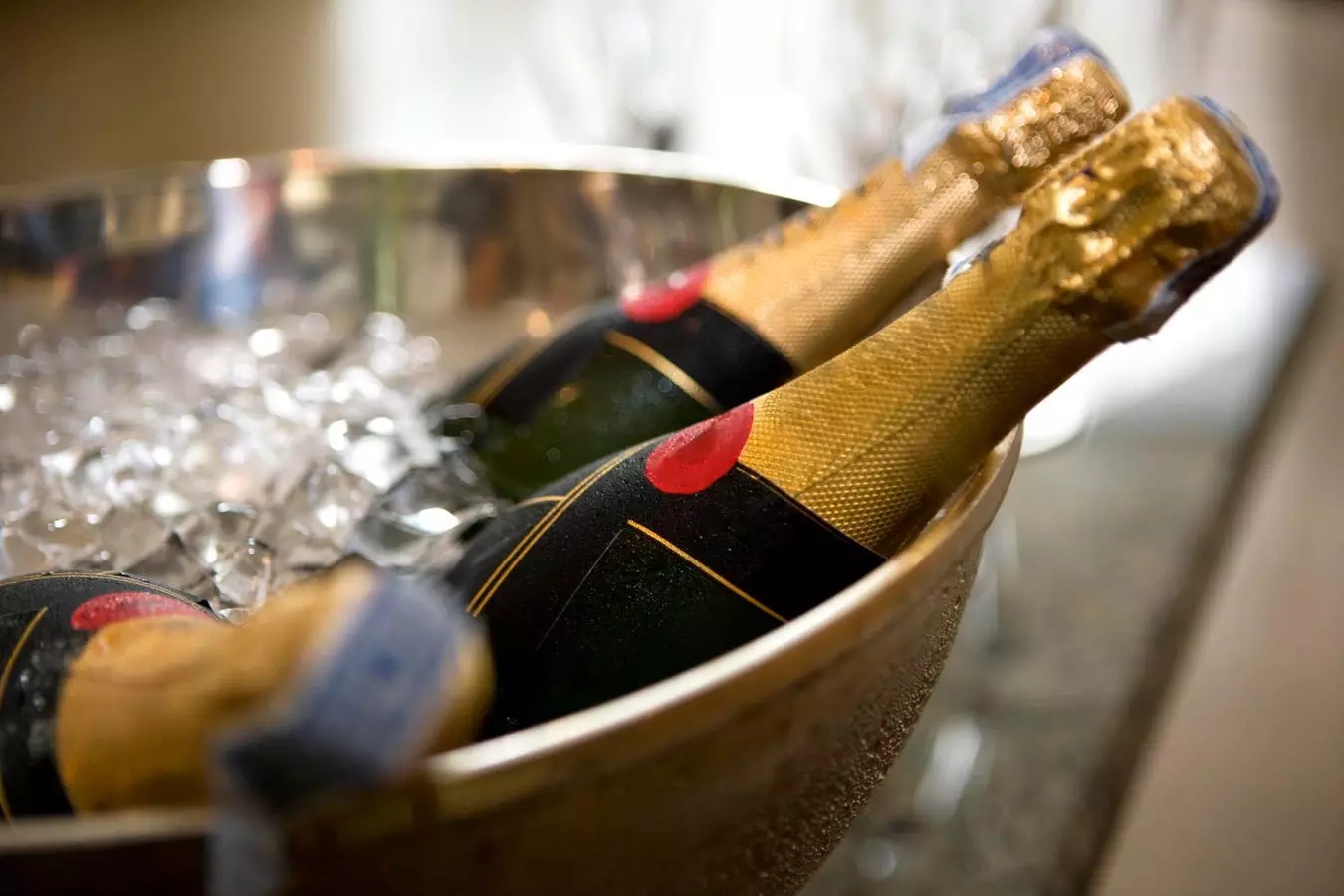When it comes to enjoying a glass of wine, the temperature at which it is served plays a crucial role in enhancing its flavors and aromas. Different types of wines, whether red, white, rosé, or sparkling, have unique chemical compositions that can either be accentuated or muted by temperature variations. Understanding these differences is essential for achieving the perfect drinking experience.
Traditionally, red wines were served at room temperature, but this advice is outdated and inaccurate. Red wines should be chilled to a temperature range of 50F to 65F to bring out their optimal flavors. Lighter-bodied wines with higher acidity, such as Loire Valley Cabernet Franc, benefit from lower temperatures, while fuller-bodied, tannic wines like Bordeaux and Napa Cabernet should be served slightly warmer. Ports, on the other hand, are best enjoyed at a temperature of 60-65F. Finding the right balance is crucial, as a wine that is too cold can taste dull, while one that is too warm may come across as flabby and overly alcoholic.
White wines, rosés, and sparkling wines all require chilling to bring out their delicate aromas and flavors. Fuller-bodied whites like Chardonnay from Burgundy and California shine at temperatures between 50F and 60F, while lighter, fruitier wines such as Italian Pinot Grigio and Sauvignon Blanc should be served colder. Dessert wines like Sauternes fall into the same temperature range. Sparkling wines, including Champagnes and Proseccos, should be served at colder temperatures to maintain their carbonation level. It is important to note that wine should rarely be colder than 45F, except in specific circumstances.
Proper planning is key to ensuring that your wines are at the ideal temperature when it’s time to enjoy them. Putting them in the fridge a few hours before serving can make a significant difference in taste. However, caution should be exercised when using the freezer to chill wine quickly. Freezing wine can lead to the expansion of water content, potentially pushing out corks or even cracking the bottle. Setting a timer and monitoring the wine is essential to prevent any mishaps.
For those instances when you need to quickly chill a bottle of wine, a salt ice bath can be a game-changer. By adding salt to ice and water, the freezing point is decreased, allowing for rapid cooling of the wine in as little as fifteen minutes. This method is far more effective than simply immersing the bottle in ice water. While some suggest pouring wine into a Ziplock bag for quicker cooling, it’s important to exercise patience and not compromise the integrity of the wine.
Understanding the art of properly chilling wine can significantly enhance your drinking experience. By taking into account the unique characteristics of different types of wines and following guidelines for temperature control, you can ensure that each glass is enjoyed to its fullest potential. Whether it’s a rich red, crisp white, elegant rosé, or bubbly sparkling, the right temperature can make all the difference in unlocking the true flavors and aromas of your favorite wines.

